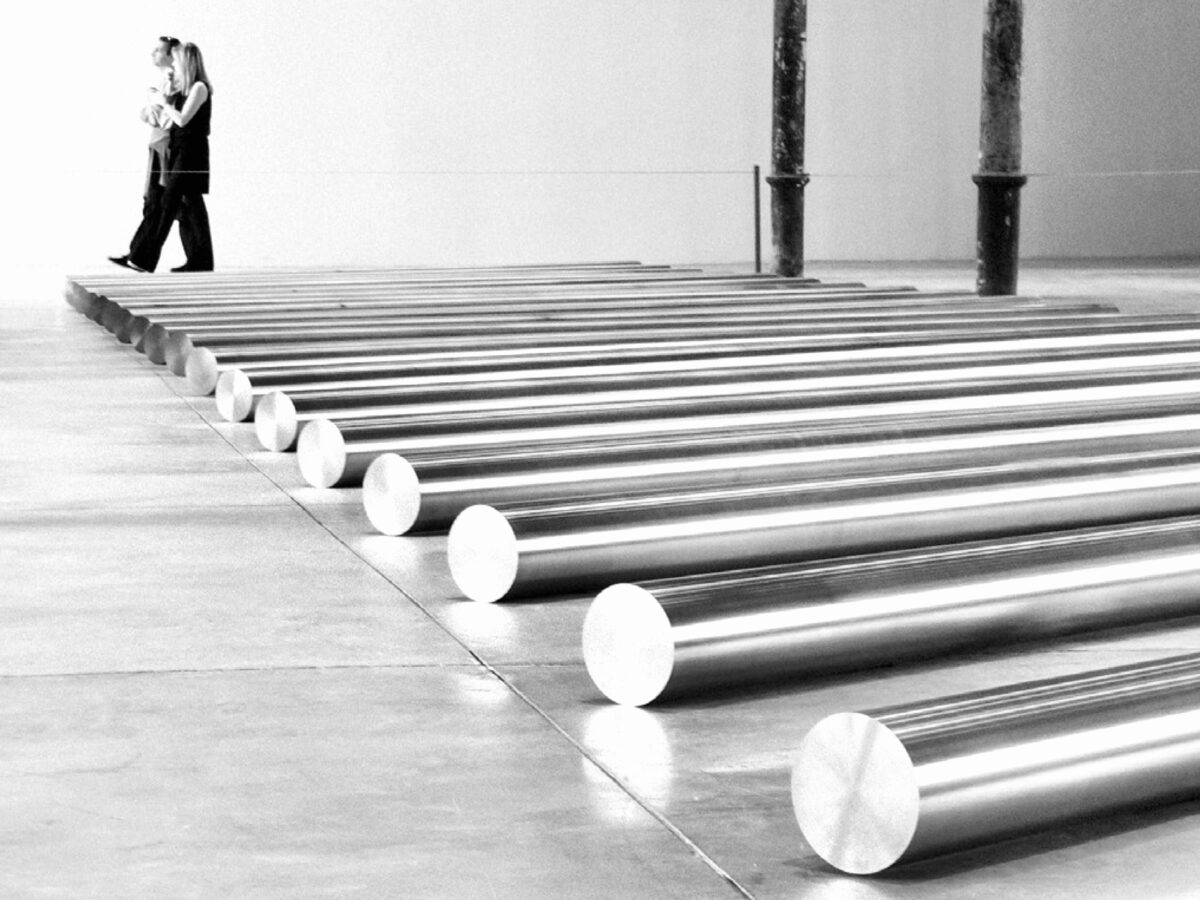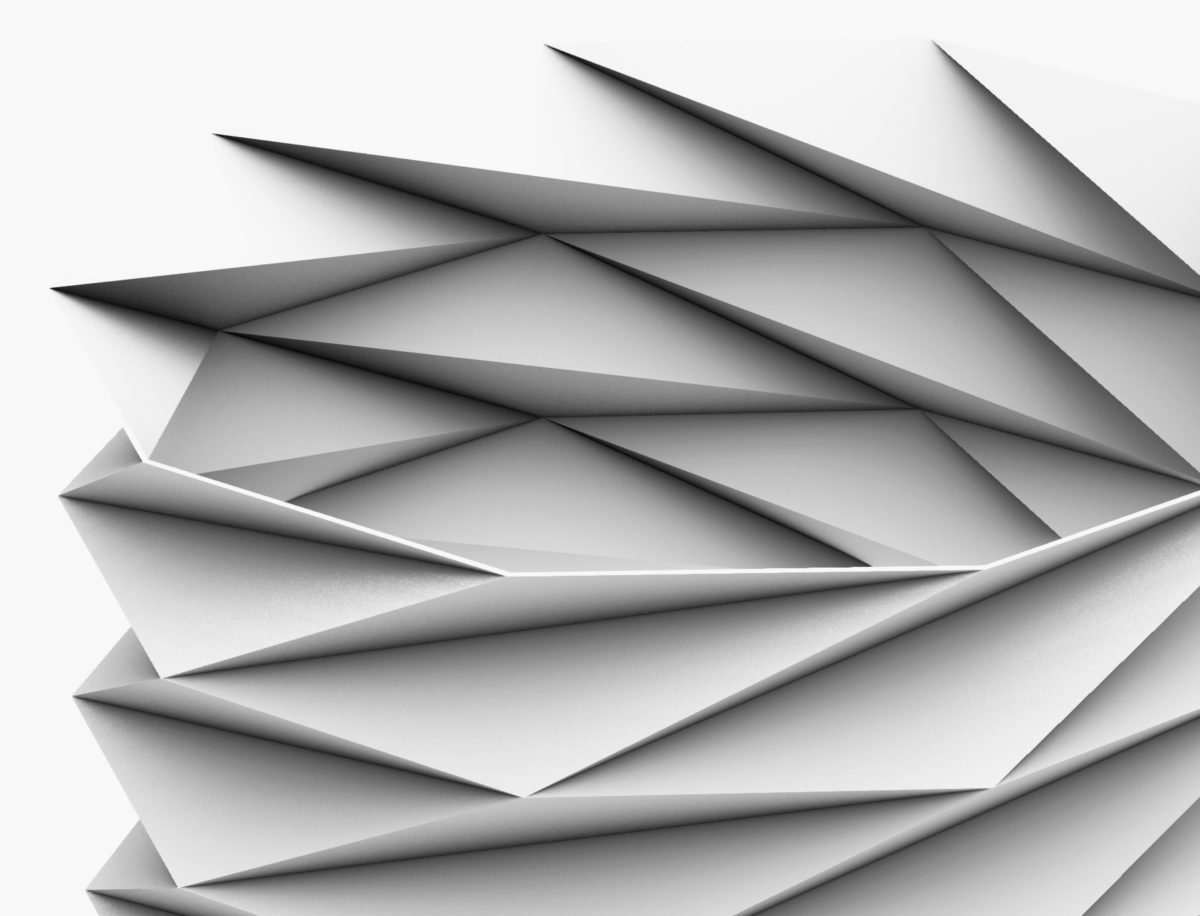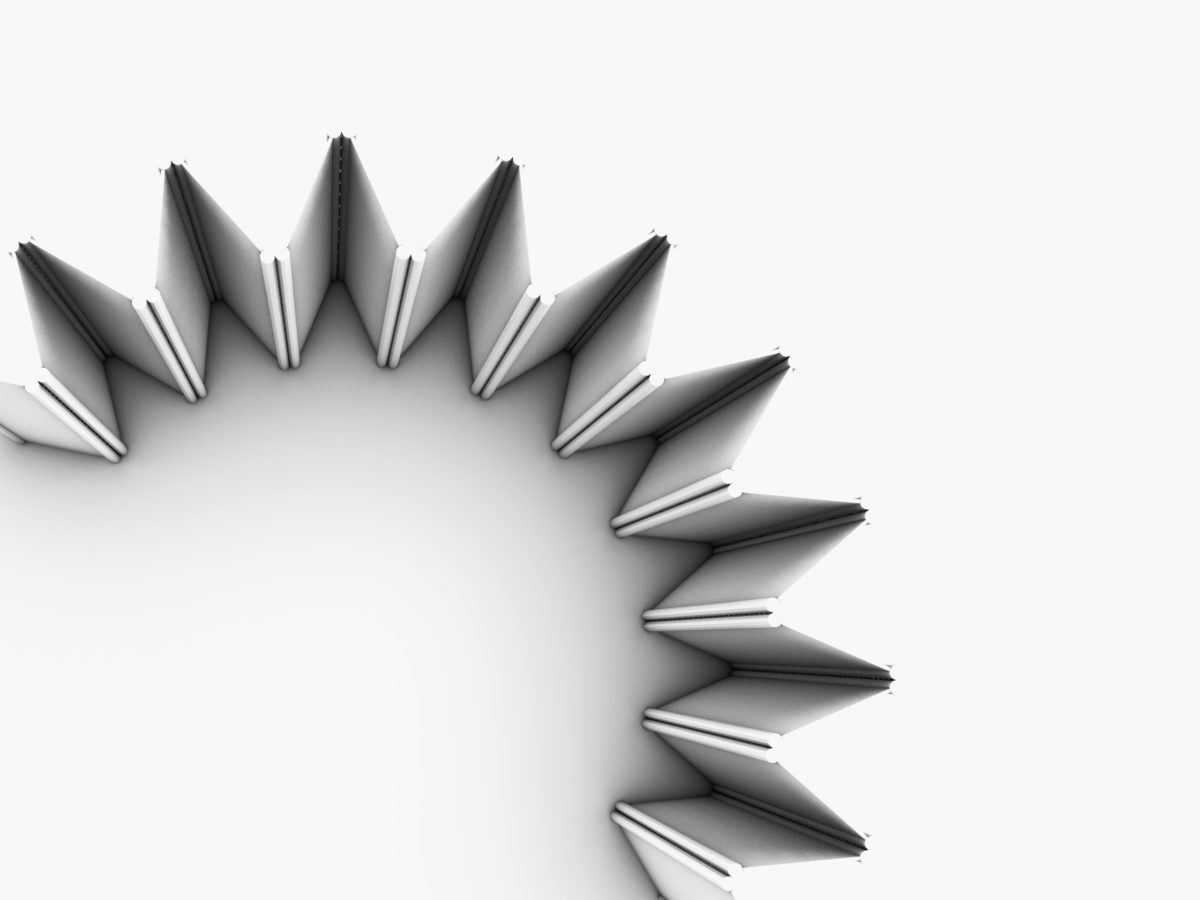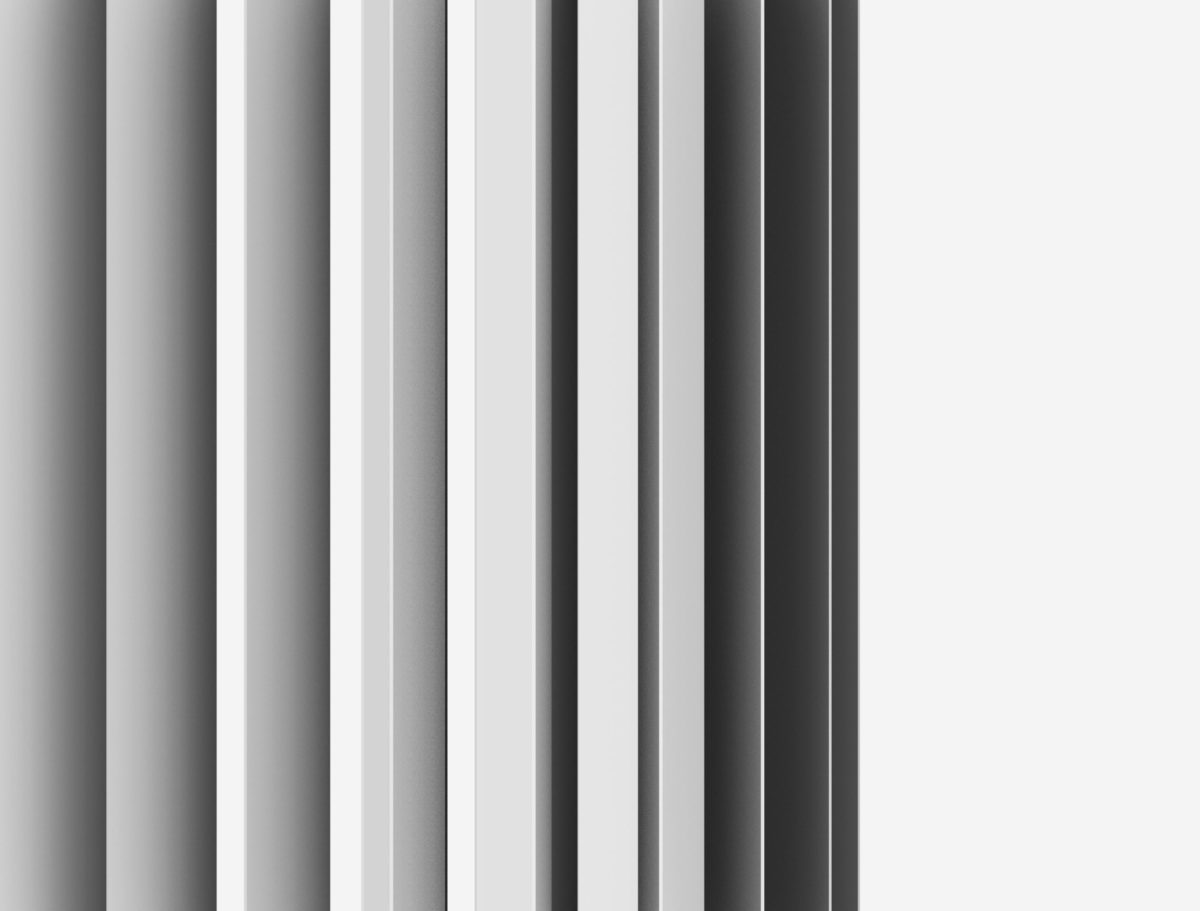This article describes some methods for the optimization of the Grasshopper definitions aimed at reaching a relationship between control parameters and geometry movements that is as quick and as smooth as possible.
This kind of optimization in GH could not be considered crucial if the purpose is to define a fixed shape that derives from a certain configuration of parameters. In this common scenario, a delay of a few milliseconds in the computation between one variation and another during the form-finding process should not cause a big headache to the designer. What we intend to do here, though, is real-time streaming of potentially always-changing computed geometries within the VR scene. Why are we doing this?



